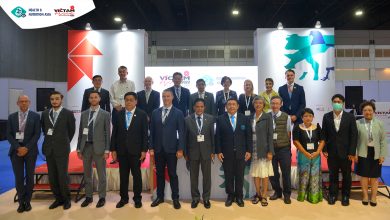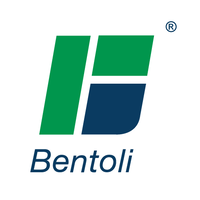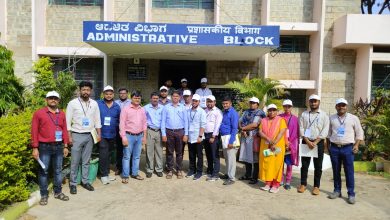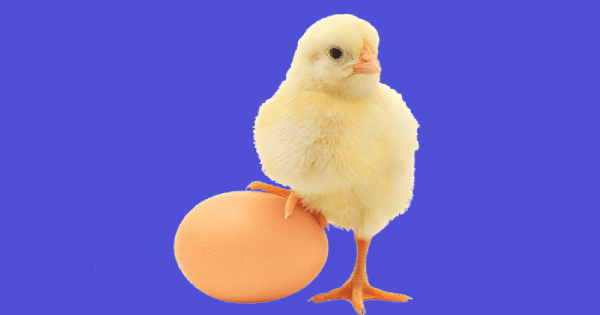Currently Trending Report: Managing raw material prices in uncertain and volatile business environments
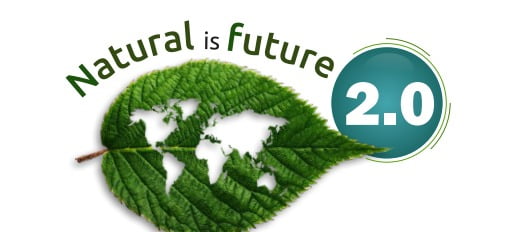
Dr. Raina Raj
Head of Marketing,Natural Remedies Pvt. Ltd.
Natural is future 2.0 is a webinar series powered by Natural Remedies Pvt. Ltd., where we invite eminent speakers across the globe to share their thoughts on the most relevant topics of the animal health industry. In the month of May, we invited Mr. Vijay Sardana, a member of the commodity derivatives advisory committee for SEBI, the Government of India as a guest speaker. His discussion was aimed at providing the poultry farming community with an insight into the unprecedented fluctuations in the prices of raw materials for the poultry feed industry especially soybean & maize in the past few months.
Mr. Sardana started his talk with these quotes. It is needless to say that his talk was about risk management which is the key to the growth of any organization. He pointed out that the Indian poultry industry has been able to manage issues such as feed conversion ratio (FCR) and disease control on par with the international poultry industry, but lags in financial risk management. And that it is time to change perspectives and have more informational discussions around cash flow, finance, and other business management aspects of poultry for a better resilient, sustainable and profitable future.
He emphasised the fact that any business must have an expense management strategy, revenue generation strategy, and risk management strategy, to generate profits. With his personal experiences, he explained the importance of developing one’s market intelligence, through understanding people dynamics, identifying local market sensors, and developing a network of market intelligence, which would give a deeper understanding of the market and help to make more calculated decisions in their businesses. Here are some of the key questions posed by participants and their answers by Mr. Sardana.
Why is there a fluctuation in the raw material prices? What are the major domestic and international factors? How will it vary in COVID times? And how to do risk management?
Mr. Sardana suggested that the poultry owners should visualize the industry from different perspectives for a better understanding of the rise in prices. The reason for the rise in the prices could firstly be due to the imbalance in the demand and supply in the market; secondly, the competing forces who may not necessarily be in the poultry or oil industry (the major players) but from the financial business who might use commodity as an asset and stock it for a better market price; looking at it from different perspectives and not only from the poultry or oil industry will give a better understanding of the situation. The scenario is the same irrespective of the national or international market since profit maximization is the goal. A better understanding of the players in the market will help to foresee the market trends and plan a better risk management strategy.
What are your thoughts on using insect proteins, and other alternatives along with Soya to manage the cost and mitigate the sudden hike in prices?
He immediately pointed out that the free-range or backyard poultry mostly survives by consuming insects and producing higher quality eggs, so why not.
Is the Government under discussion for granting duty-free import of 1.2 million metric tons of Soybean? Will this shipment be allowed, and when during this covid situation?
Mr. Sardana mentioned that it is under serious consideration but when it will be approved is uncertain. On the other hand, he urges the poultry industry players to contact international non-GM (genetically modified) soybean meal suppliers and be prepared if at all the Government should issue such a notice. So that one has done their research while waiting for the Government notification. Also to keep a business plan ready, while looking for other resources instead of figuring things out at a later stage.
Is the use of soap sticks, glycerol, and blood meal good for a high oil and fat diet? Would it be economically viable?
Mr. Sardana suggested the poultry owners should stride carefully in these lines. Since it is a decision a nutritionist should make as several aspects need to be considered. These supplements would change the fatty acid profile of the diet. Also, its implications on FCR need to be considered. The use of low-price alternatives may need to be compensated with the inclusion of other ingredients into the formulation to keep up the nutrient requirements, finally ending up costing more.
Due to the high prices of protein sources the suppliers are adulterating the raw material with things like Melamine. What kind of negative impact would it have on the broiler and breeder’s performance?
Mr. Sardana pointed to the obvious and said that the FCR would suffer. Since the poultry bird physiology doesn’t consider the level of protein on the label of the packaging; all that matters to them is the amino acid profile. He advised the poultry farm owners to be cautious before signing agreements with vendors and to put up a penalty clause in it. He also urged the poultry farmers to get involved, and make personal visits to the suppliers, and do random sampling of the raw materials based on the FCR and inspect the suppliers instead of looking at the reports. He said, “Do thorough research before selecting the right vendor.”
Why was there a sudden increase in Soymeal DOC (De-oiled cakes) without any speculation, this year?
According to him, there is an imbalance in demand and supply chain. He speculated the following three reasons: firstly, the forecasted production of 12.25 million ton of Soybean for this year was not accurate; The export of Soybean DOC this year was twice as compared to last year; Maybe there has been an increase in protein (Soya) based diet consumption in humans, due to the pandemic. The data for which is yet to be calculated, but can be speculated based on behaviour pattern.
The prices that we are comparing in the Indian market, are non-GM (genetically modified) Soya and in the international market is GM Soya, when will the Indian Government allow GM Soya into the market and any strategy for the future?
Mr. Sardana suggested to analyse this objectively, the cost of GM Soya in the international market last year (2020) was Rs. 26,000 per ton while non-GM Soya in India was Rs. 36,000-38,000 per ton during the season. In such a scenario if GM Soya is allowed into the Indian market, what should happen to the Indian farmers. This will have serious implications.
When will the Soya prices come down to normal?
He asked the farmers to wait for the coming season, about 5 months more. He also advised the poultry farmer to manage their business strategies accordingly, probably by placing fewer birds to reduce the pressure.
It was an insightful discussion where Mr. Sardana, started his talk with the importance of understanding the market and strategizing for risk management; he reminded the simple basics of business, the demand-supply chain; and also gave examples from his experiences in strategizing for the unknown risks that one might encounter. To watch the talk, click http://Natural is Future 2.0: Webinar with Mr. Vijay Sardana – YouTube
